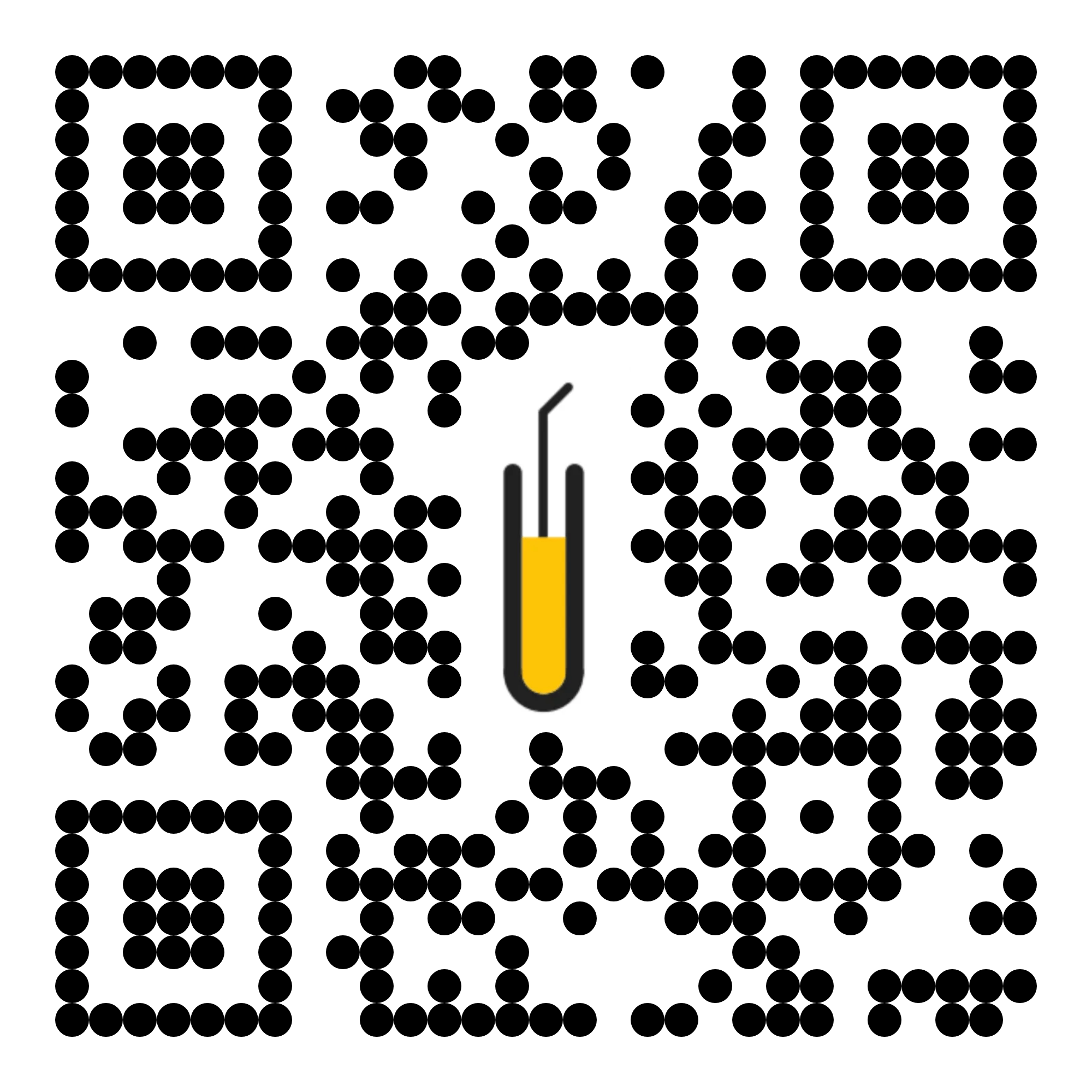Medicinal cannabis prescribing in Australia has risen sharply in recent years, with the Therapeutic Goods Administration (TGA) recording thousands of approvals each month under the Special Access Scheme (SAS) and Authorised Prescriber pathways.
Following the expansion of these pathways in 2016, over 700,000 prescription approvals have been issued.
TGA data show that the most common indications for SAS Category B approvals to prescribe medicinal cannabis are for chronic pain, anxiety and sleep disorder.
For pharmacists, this presents an obligation to critically assess the evidence of benefit, weigh potential risks and interactions and apply rigorous professional standards when dispensing.
What’s the leading indication for medicinal cannabis prescribing?
Chronic non-cancer pain. But the quality of supporting evidence is far less robust than the demand for treatment suggests.
Evidence shows that medicinal cannabis may provide a small benefit for a subset of patients who live with chronic pain, said Professor Suzanne Nielsen MPS, Deputy Director of the Monash Addiction Research Centre in Melbourne.

‘And of those people who find it efficacious, the benefits are often quite small,’ she said.
Concerns also remain about the safety of long-term use.
‘We already know that the pattern we saw with opioid [dependence] has been replicated with medicinal cannabis, with recent studies showing around one in four people using medicinal cannabis meets criteria for cannabis dependence,’ Prof Nielsen said.
Alongside evidence-based pharmacological approaches, some of the most effective treatments for chronic pain is typically multidisciplinary care, including behavioural and physical therapies.
‘This helps to avoid some of the serious [adverse] effects we see with some medicines,’ she said.
Some studies show that medicinal cannabis is beneficial for patients with comorbid conditions, such as chronic pain and depression, Prof Nielsen said.
But when patients are assessed for therapeutic interventions for these conditions, it’s integral that healthcare professionals who are familiar with the whole person’s care are involved.
‘Someone with comorbidities alongside their chronic pain is likely to be on multiple medications where there’s risk of interactions,’ Prof Nielsen said.
‘Ideally, this should be assessed and managed by a GP, perhaps with specialist input – and less ideally by a cannabis clinic that’s not necessarily managing the rest of a patient’s care.’
Does the evidence support medicinal cannabis for anxiety?
Not at this point, Prof Nielsen said.
‘While the evidence signals there’s a possible effect for cannabidiol (CBD), the studies we’re looking at often have really important limitations,’ she said.
‘They’re often very small, might only have a one-off dose of CBD, and may be looking at experimentally-induced stress – not necessarily treatment of an anxiety condition.’
And for some patients, tetrahydrocannabinol (THC) containing medicines can worsen symptoms of anxiety.
‘We’ve seen reports of acute psychosis, particularly when people are using higher concentration THC products,’ she said. ‘So there are a number of factors we need to consider, particularly for individuals who might be predisposed to those risk factors.’
There is a range of both psychological and pharmacological treatments available to treat anxiety, including cognitive behavioural therapy and antidepressants, such as selective serotonin reuptake inhibitors.
‘It’s really about remembering the therapeutic hierarchy and going with the first-line medicines, which are safest to try first before unapproved, experimental medications,’ Prof Nielsen said.
Can cannabis improve sleep or worsen insomnia?
Sleep disturbances such as insomnia are another frequent driver of medicinal cannabis prescribing. Yet, here too, the evidence base is ‘mixed’, Prof Nielsen said.
‘There are often significant weaknesses in study designs, and medicinal cannabis is often not compared against the most effective treatment,’ she said.
THC can induce drowsiness and create a perception of improved sleep among people taking it for insomnia.
‘But actually, when we look at objective measures of sleep for people, there’s often nothing that’s statistically or clinically different to placebo,’ Prof Nielsen said.
Furthermore, tolerance can develop with ongoing use, and cessation may trigger rebound insomnia.
‘People who have tried medicinal cannabis and then have stopped using it often find their sleep is much worse,’ she said. ‘And there is that risk of the person developing cannabis use disorder and dependence as well.’
Is medicinal cannabis the first-line therapy for any conditions?
No. There are more than 1,000 medicinal cannabis products, and most are unregistered and have not undergone safety, quality or efficacy assessment by the TGA, said Myfanwy Graham, NHMRC Postgraduate Scholar, Monash University, Fulbright Alumna in Public Health Policy, and appointed member of the TGA’s Medicinal Cannabis Expert Working Group.*

‘TGA guidance on medicinal cannabis states that it is not a first-line treatment strategy and standard, registered treatments should be trialled or deemed inappropriate before consideration of medicinal cannabis on a case-by-case basis,’ she said.
When standard treatments prove ineffective in patients with conditions such as multiple sclerosis or rare forms of epilepsy – there is ‘good evidence’ to support the use of medicinal cannabis as an appropriate option, Prof Nielsen said.
‘And we have TGA-approved products for those conditions too.’
‘[These are] Sativex (nabiximols; Schedule 8) and Epidyolex (CBD; Schedule 4),’ Ms Graham added.
What are the potential risks and adverse effects?
Patients who are interested in trying these medicines should be made aware of the risks, including the potential for dependence, so they can make an informed decision, Prof Nielsen said.
This includes informing patients about potential adverse effects of medicinal cannabis, including:
- sedation and drowsiness
- confusion
- tachycardia
- dry mouth
- anxiety, nausea and vomiting
- appetite changes.
‘Older patients may be more susceptible to adverse effects and there are neurocognitive considerations with the use of THC-containing medicinal cannabis products in individuals under 25 years of age,’ Ms Graham said.
When dispensing ongoing prescriptions of medicinal cannabis, pharmacists should also check in with patients about the effectiveness of therapy and if they are experiencing any adverse effects. This approach is similar to the ongoing risk assessment applied to patients on long-term opioid therapy.
‘There should be an ongoing conversation around whether people are developing signs of cannabis use disorder, having difficulty controlling the amount they use, or if they tend to use it to address other symptoms as well,’ Prof Nielsen said.
‘If they are experiencing cravings and spending a lot of time thinking about using medicinal cannabis, this is suggestive that there should be an assessment of developing cannabis use disorder.’
Next steps include having a discussion with the prescriber. ‘There are drug and alcohol clinical advisory service hotline numbers in every state that they can call as well,’ she said.
Are there any contraindications and interactions to be aware of?
Pharmacists play an important role in terms of screening and counselling patients on medicinal cannabis use before dispensing, Ms Graham said.
This includes looking out for contraindications such as:
- people with a current or past psychotic disorder, or an active mood or anxiety disorder
- women who are pregnant, planning to become pregnant or breastfeeding
- people with unstable cardiovascular disease.
‘There are also cannabinoid-specific considerations such as liver function, and driving and occupational considerations,’ she said.
There are also a host of interactions between cannabidiol and other medicines, including:
- warfarin
- tacrolimus
- valproate
- methadone
- lithium.
What are pharmacists’ professional obligations?
The Australian Health Practitioner Regulation Agency (Ahpra) recently released guidance on professional responsibilities with medicinal cannabis, said Ms Graham.
‘The first port of call for pharmacists is being really well informed about the current state of evidence and regulations, both at a state and federal level, and being able to engage with patients about any questions they have [around] medicinal cannabis,’ she said.
While the dose titration of medicinal cannabis used is product and condition specific, Ms Graham said the general rule of thumb is to ‘start low and go slow’.
‘Pharmacists should have an awareness of maximum daily doses of THC, patients’ overall THC intake if they have a number of different prescriptions dispensed, and [any] dose escalation over time,’ she said. ‘And ensure that supply is in line with therapeutically appropriate quantities.’
As most medicinal cannabis approvals are for Schedule 8 products, pharmacists must complete Schedule 8 prescriber verification processes before dispensing medicinal cannabis, along with checking TGA prescription approvals. ‘[This must be done] in line with what’s required in their state or territory,’ Ms Graham added.
*Myfanwy Graham’s contributions do not represent the views of the TGA or the Medicinal Cannabis Expert Working Group













